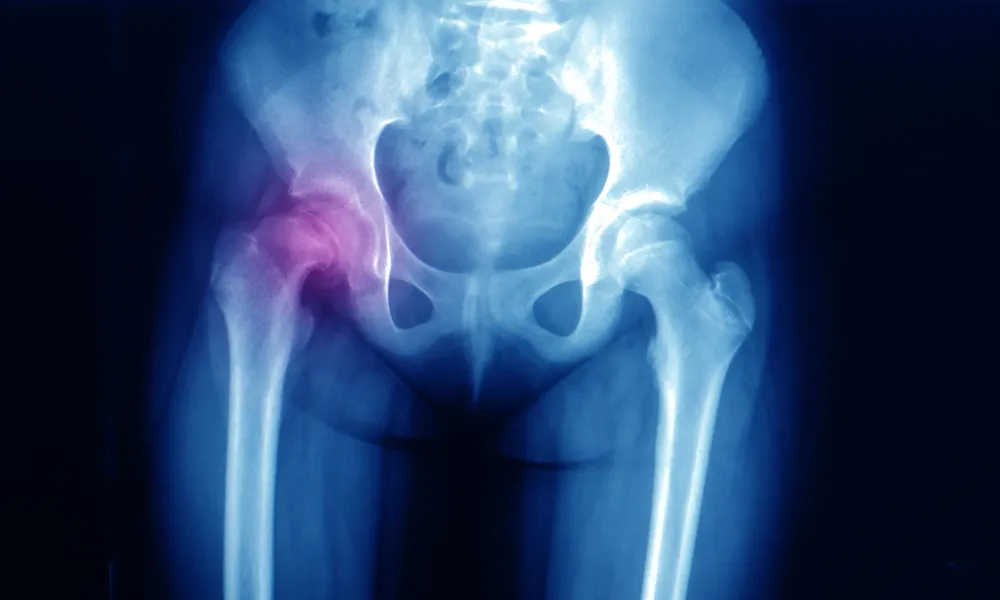We have discussed the outcomes of Total Hip Replacement
(THR) in the past. Multiple studies have documented greater than 90% patient
satisfaction with THR. Currently, there are approximately 400,000 THRs
performed in the U.S. each year. THR has been called the operation of the
century recognizing its contribution to pain relief, improved function, and
quality of life. While we have come to expect very good results with THR,
complications can occur. Previously, we discussed the risk of infection and
steps to prevent it; today, I will discuss the risk of dislocation after THR
and how we lower that risk. The most common cause of early revision after THR
is dislocation.
Most early dislocations occur within three weeks after
surgery. There are patient-related factors that increase the risk of
dislocation; these include patients with Parkinson's disease, patients with
dementia or other cognitive issues, a history of alcoholism, and a lack of preoperative
patient education. There are technique related issues regarding component
positioning and soft tissue repair after THR. There has been significant
interest over the last five years in the relationship between spinal mobility and
the risk of instability after THRs. Patients with prior spinal fusions, history
of significant degenerative arthritis of the lumbar spine, and or loss of
spinal/pelvic mobility are at increased risk of dislocation after THR. Studies
have documented a dislocation rate of 1.5% in a control group (no spine issues)
vs. a dislocation rate of 4.3 to 7.5% in patients with a spinal fusion. The
reason this occurs is that the functional position of the hip socket is
determined by the coordinated motion of the spine, the pelvis, and the hip
joint. Withstanding the pelvis tips forward and increases the coverage of the
femoral head. While sitting, the pelvis tips backward, which uncovers the
femoral head and allows the hip to flex without impinging the femoral neck against
the hip socket. It is the coordinated motion between the lumbar spine, pelvis,
and hip joint that makes maximal motion possible.
In addition to spinal factors, there are surgeon
factors that will decrease the risk of dislocation. More experienced surgeons
who perform more than 50 THR per year have a lower risk of dislocation vs. surgeons
who perform less than 10 THRs per year. The use of an Anterior Approach for hip
replacement is associated with a lower risk of dislocation after THR. The use
of larger heads 32mm or larger is associated with a lower risk of dislocation.
So the risk of dislocation after a THR is low, and many factors can influence
the risk. We do everything we can to minimize this risk. Our dislocation rate
with anterior approach THR at POA is 0.4%, due to our high volume, use of
Anterior Approach THR, and robust patient optimization programs.

